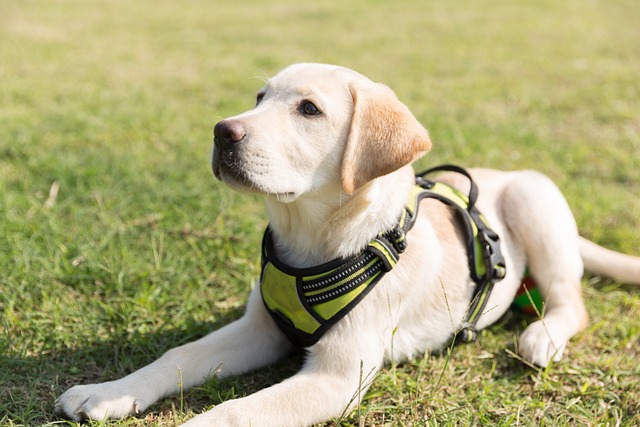
How do i train my dog to be obedient?
Watching your dog dart across the park ignoring your calls isn’t just frustrating—it can put them at risk near busy streets or public spaces.
You’ve just adopted a wonderful adult rescue dog, Buddy, and you’ve been told he isn’t quite house-trained yet. The crate is set up in the corner of your Chicago apartment, but the moment you try to guide him near it, he balks. You wonder, "How do I create a schedule for a dog who’s never been crated?" The key is understanding that for an adult dog, the crate must be rebranded from a strange box into a coveted personal retreat. This isn’t about confinement; it’s about leveraging a dog’s natural den instinct to provide a safe, secure space where he can truly relax. The scientific principle at work is classical conditioning—pairing the crate with overwhelmingly positive experiences to build a new, happy association, regardless of his past.
Forget timelines initially; focus on trust-building. Your first week should have no closed doors. Start by simply feeding Buddy all his meals inside the crate with the door wide open. Scatter high-value treats like chicken bits inside for him to discover throughout the day. Once he enters willingly, you can begin to practice closing the door for microscopic durations. Lure him in with a stuffed Kong, close the latch for just 30 seconds while you sit right there, then open it before he gets anxious. Gradually increase this time over days. A realistic schedule for a working pet parent might involve crating for 2-3 hours at a time, always ensuring Buddy has had a vigorous walk and potty break first, followed by an equal amount of free time and interaction when you are home. This patient, reward-based method is the cornerstone of modern positive reinforcement training, which is not only culturally expected but is increasingly reflected in animal welfare laws that discourage aversive, fear-based methods.

This careful approach is especially critical in apartment living. A dog who loves his crate is a quieter, more content dog. He’s less likely to experience separation anxiety that leads to distressed barking, which can violate noise ordinances and disturb your neighbors in adjacent units. This proactive management is a direct extension of your other community responsibilities, like the universal legal requirement to keep your dog on a leash in all common areas and to meticulously clean up after him. By ensuring Buddy is well-adjusted and calm, you’re not just training him; you’re being a respectful member of your building community.
Ultimately, a successful crate training schedule for an adult dog is a testament to patience. It’s a flexible routine that prioritizes his comfort and reinforces that the crate is a place of good things, not isolation. This commitment to his emotional well-being is as fundamental as the other non-negotiable pillars of responsible ownership, like keeping his rabies vaccination up-to-date. By taking it slow, you’re not just teaching him to accept a crate; you’re building his trust and ensuring he feels secure in his new forever home.

Watching your dog dart across the park ignoring your calls isn’t just frustrating—it can put them at risk near busy streets or public spaces.

New puppy owners often find themselves rushing to clean up accidents before they set in, and that’s where puppy pad training becomes a game-changer.

If you've noticed your dog's waistline disappearing and your veterinarian has mentioned those few extra pounds, your first instinct might be to simply reduce the amount of food in their bowl.

Training a dog to use a designated spot indoors isn’t as daunting as many new owners fear, but it does take consistency and an understanding of your pet’s needs.

That moment of dread on a walk is all too familiar for many new dog owners. You see another dog approaching down the sidewalk of your neighborhood

If the sight of another dog on your neighborhood walk makes your heart sink as your own dog erupts into a frenzy of barking and lunging, you're not alone.